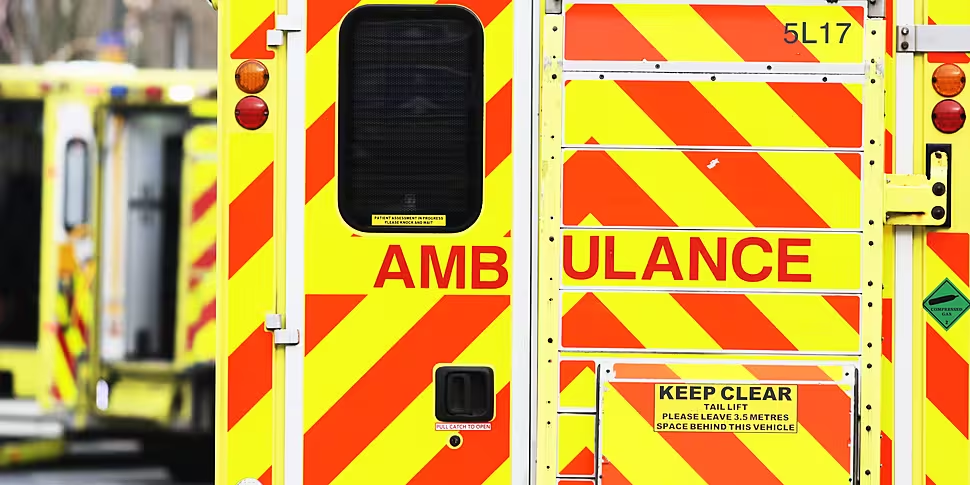Concerns have been raised by some ambulance workers after a piece of life-saving equipment failed during a recent emergency call-out.
A number of the cardiac devices been removed from service following the incident in south Leinster.
Paramedics are being given instructions on how to deal with potential faults, however, the procedure can take up to five minutes to complete.
The machine in question can indicate the type of issue that paramedics are dealing with.
Irish Independent Southern Correspondent Ralph Riegel told The Pat Kenny Show the machines are giving an error message.
"It came to light following an incident in south Leinster several weeks ago where a middle-aged man had complained of chest pains [and] his family had called for an ambulance," he said.
"When the paramedics went to use this cardiac monitor they just couldn't get it to work.
"They did everything; they turned it on, they turned it off, they took out the leads, they reattached the leads - they just couldn't get the device to work."
'Seconds matter'
Mr Riegel said in any instance of cardiac distress time is of the essence.
"Literally seconds matter not just minutes - so that [incident] prompted an internal review," he said.
"We understand that several of these devices have been taken away for examination to determine what potentially could have caused the issue.
"In the interim there has been an instruction issued to paramedics".
Mr Riegel has seen a copy of the advice which says paramedics should turn off the device, remove the batteries and take out the leads - ensuring they are dry and clean - and then wait two minutes before putting the batteries back in the machine and trying again.
"I've spoken to several paramedics and they're obviously very concerned by this," he said.
"One pointed out to me that by the time you do all of these different checks on this machine it could take anywhere between four and five minutes while the patient is in distress".
'Widespread use in hospitals'
Mr Riegel said there was no evidence before the Leinster incident that the equipment was faulty.
"In the particular case of south Leinster that equipment was working perfectly until the call-out," he said.
"This particular type of equipment is in widespread use in hospitals and apparently it has a flawless record.
"One of the theories is that potentially environmental factors [play a role].
"Temperatures are stable within a hospital setting [and] there's not the levels of moisture that you might have for paramedics who are on the roadside.
"They might be trying to save people in pouring rain, they could be out in quite humid conditions."
Mr Riegel added an engineering team from the manufacturer is liasing with the Health Service Executive (HSE) and the National Ambulance Service.
Listen back here:









